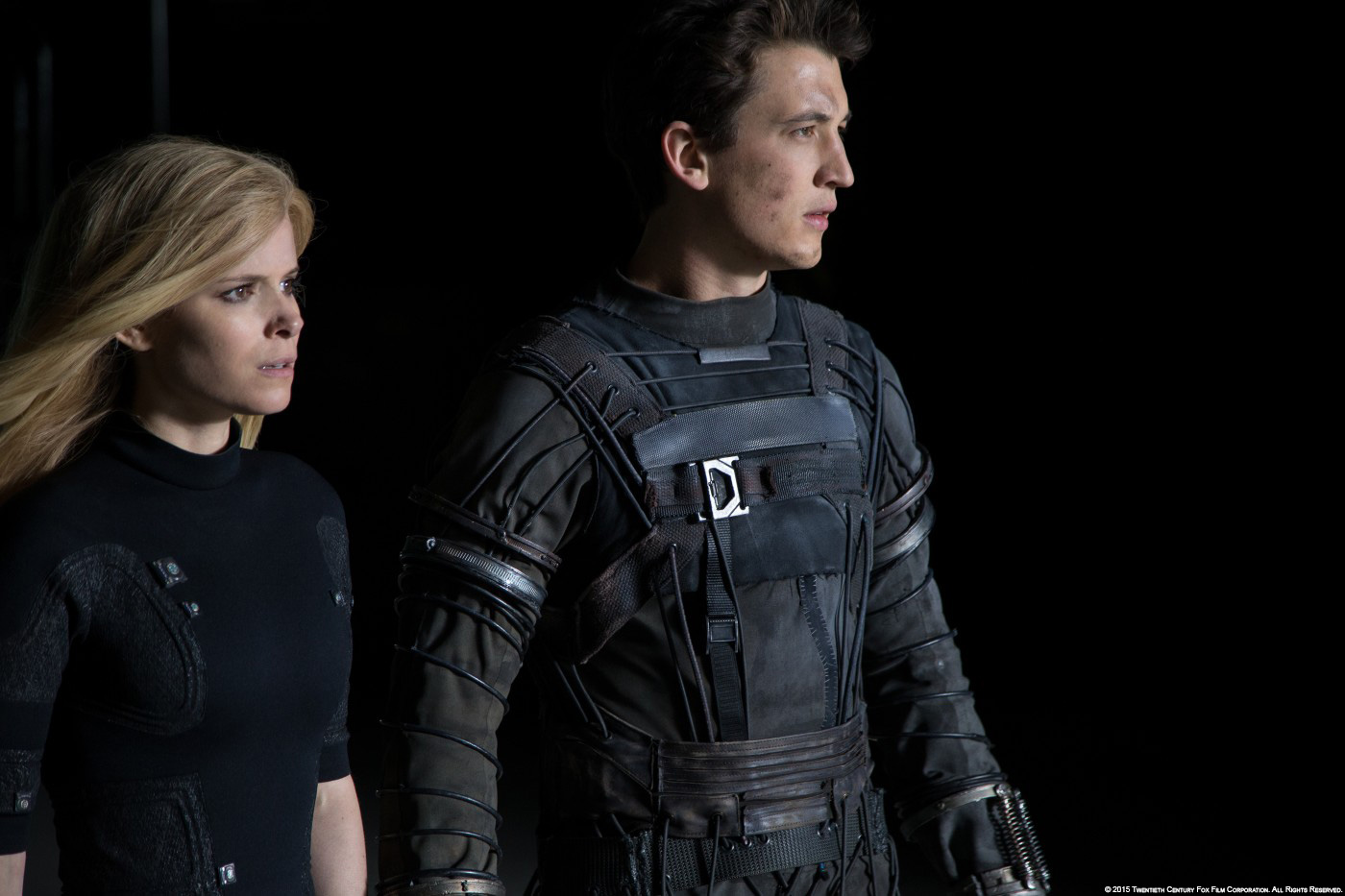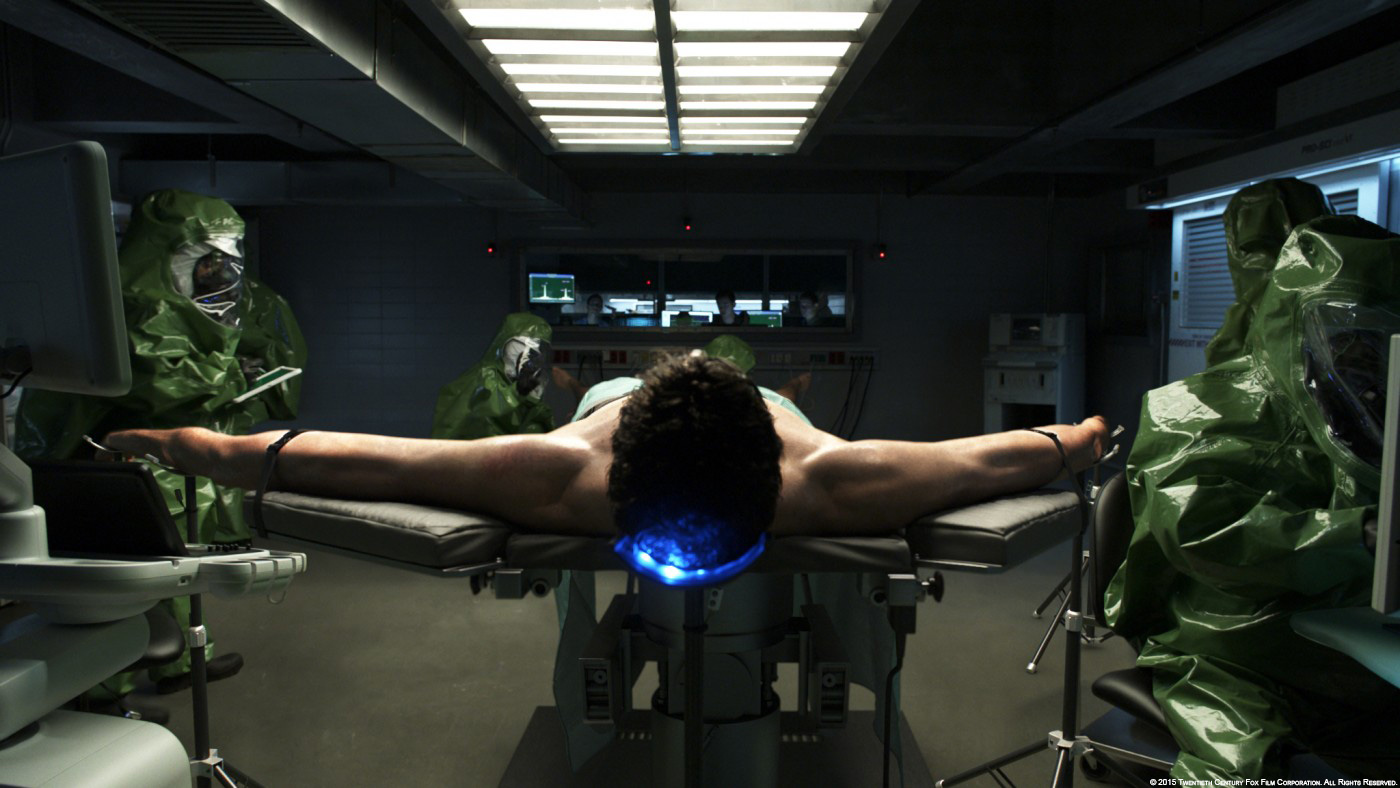Kevin Smith began his career in the visual effects in 1993 at Boss Film. A few years later he joined Weta Digital to work on the LORD OF THE RINGS trilogy. He worked on many projects such as AVATAR, RISE OF THE PLANET OF THE APES, THE ADVENTURES OF TINTIN and THE HOBBIT trilogy.
What is your background?
I studied physics and computer science in college and I’ve been working in VFX for about 22 years. I started out at Boss Film in 1993 and first came to Weta Digital in 2000 for THE LORD OF THE RINGS: THE FELLOWSHIP OF THE RING and THE TWO TOWERS later returning as CG Supervisor for AVATAR. I have a generalist background but have always specialized in look development and lighting.
How was this collaboration with Production VFX Supervisor James Price?
I’ve known Jamie pretty much my entire VFX career. It was great to be working with someone I have a long history with. I didn’t have to try to build a relationship with a new acquaintance, conference calls were just having a conversation with an old friend.
What was the work done by Weta Digital?
We did all the Reed Richards stretching effects. There were limb replacements, body replacements and full digi doubles.
Can you describe one of your typical day during the shooting and the post?
A cynic would describe it as “meetings, dailies, rounds, client calls and meetings” which, while technically true, doesn’t really capture the essence of what it’s like to work on a project here at Weta. My day is really just one long collaboration with all of the people on the show trying to find creative solutions to problems, visual as well as technical.
How did you approach the stretching effect?
We approached the effect from a storytelling point of view. Not just “do something cool” but to try to fit the effect into who the character is and help the audience connect with the character.
Can you explain in details about the creation of this effect?
We used our in house muscle system simulation software Tissue to get the base shapes for stretched Reed and then sculpted on top of the muscle bakes. We generally only stretched Reed between his joints so that anatomical cues like elbows or knees remained visible. We found that volume preservation didn’t really work, long stretches would make his arms look far too thin and un-superhero-like but that it was also easy to go to far the other way and make him feel like he was inflating as he stretched. It was always about finding the balance.
Can you tell us more about the shader and textures for the skin?
There were several shots of Reed shirtless, we started with scans and reference of Miles and tried to get an exact a match as possible. Then we added little extra details like moles or scars or blemishes to try to match the skin to what the audience expects skin to look like.
How did you created the digidouble for Reed Richards?
At Weta we do digital doubles a lot, so the procedure is fairly well defined. We just followed the recipe, so to speak, although there are always little things that trip you up or some new piece of technology to integrate to complicate things. The hardest part is identifying the essence of what makes Miles ‘Miles’ and making sure you are replicating that in the double and reading it in the shots.
Did you created specific tools for this show?
No, not really. I think it was more about using existing tools in novel ways.
At a moment, Reed change his face. Can you explain in details about this transformation?
We had to get from the Fernando actor back to Reed in one shot. Since it was a one off shot, instead of creating a whole digi double for Fernando we added face shapes to the Reed facial rig that matched the Fernando scan geometry. Then we made a Reed shading variant that used textures based on Fernando’s color maps essentially giving us a digi double that could match to both actors. To execute the shot we then handed off from Fernando to the ‘Reed as Fernando’ double, animated the pops and muscle motion of transformation effect all while shifting the face shapes back to Reed and then handed back to a Reed face that we lifted from another pass. We found that morphing the hair never really looked right so we topped the facial morph with a CG groom all the way through the shot and then put that all back into a painted clean plate of the car interior.
What indications and references did you received for this morph effect?
We had two plates one of Fernando and one of Reed.
What was the main challenge with him and how did you achieve it?
It’s hard to make a character stretch like Reed needed to while maintaining his humanity. Keeping the audiences emotional connection to Reed even when he’s less than human looking.
Was there a shot or a sequence that prevented you from sleep?
Nope, we had a awesome artist crew and an awesome production crew.
What do you keep from this experience?
How to approach a project less like a bunch of shots and more like telling a story.
How long have you worked on this show?
I worked on it personally for about six months.
How many shots have you done?
Weta did around 100 shots.
What was the size of your team?
There were over 250 artists plus support crew.
What is your next project?
I’m currently working on a film called KRAMPUS.
What are the four movies that gave you the passion for cinema?
STAR WARS, JURASSIC PARK, DIE HARD and GHOST IN THE SHELL.
A big thanks for your time.
// WANT TO KNOW MORE?
– Weta Digital: Official website of Weta Digital.
© Vincent Frei – The Art of VFX – 2015






